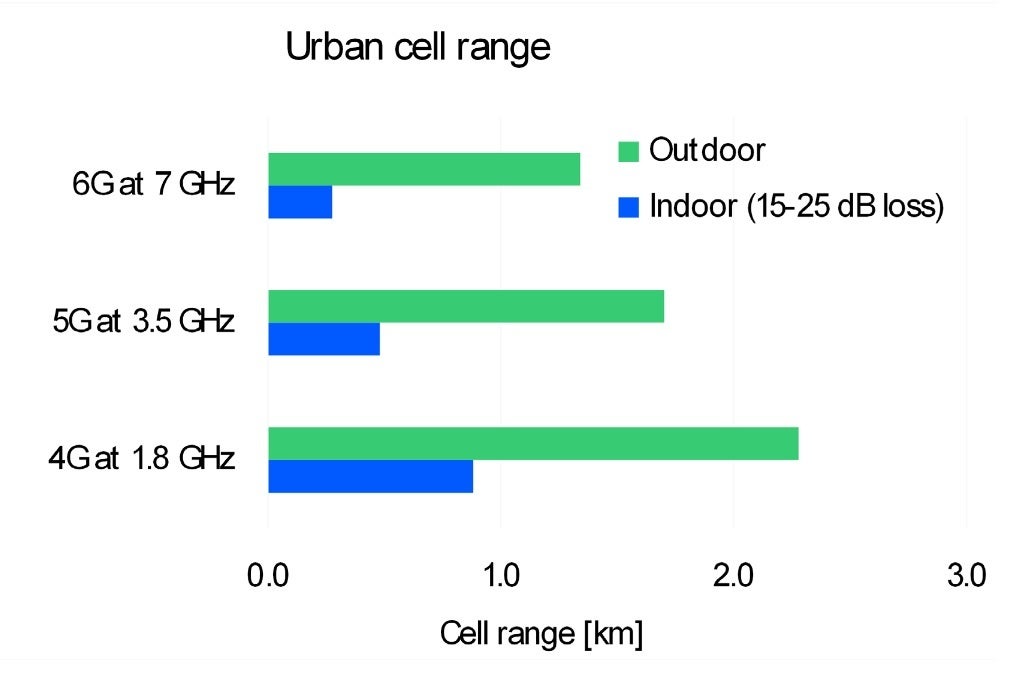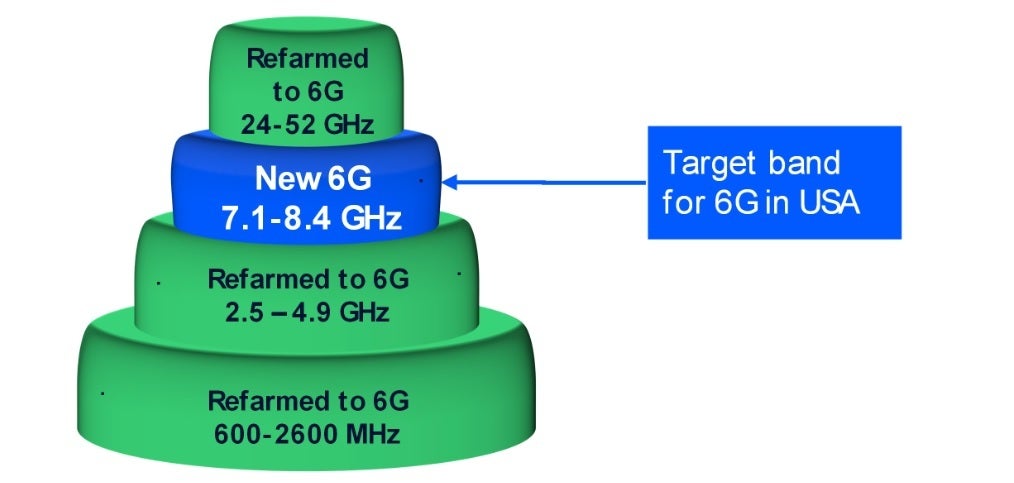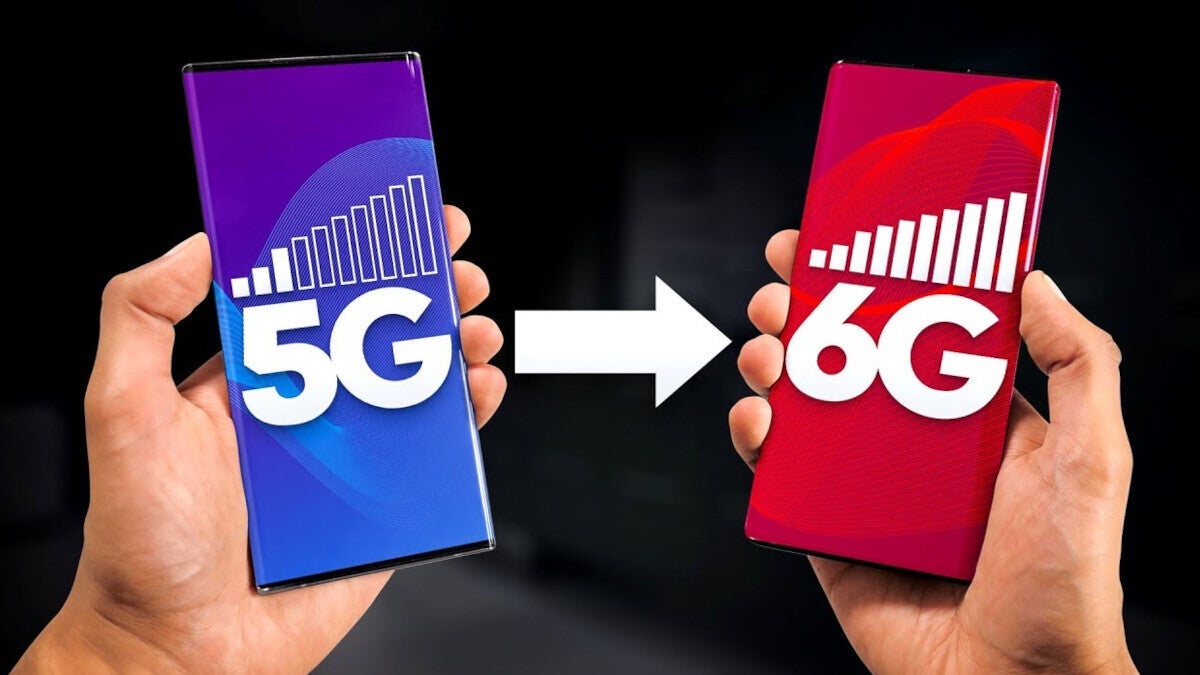It feels that we have gone from 3G connectivity to 5G very fast. Back in 2008,
T-Mobile was the last of the four major carriers to
press the button launching its 3G service in Las Vegas. That was the year that
Apple released the iPhone 3G replacing support for
AT&T‘s slow-as-molasses EDGE network with 3G connectivity. In 2010, Sprint was the first carrier to offer 4G speeds using WiMAX technology. The first phone to connect to the service was the HTC Evo 4G.
With 7GHz spectrum, 6G coverage is not as widespread as 5G and 4G. | Image credit-5G Americas
As the years have gone on, 5G speeds have become faster in the U.S. thanks to
T-Mobile‘s decision to focus on the 2.5GHz mid-band spectrum that it acquired from Sprint precisely for this purpose. Not as fast as short-distance mmWave signals, but much faster than slow low-band signals, mid-band airwaves travel far enough and are fast enough to make mid-band the Goldilocks of wireless. The other day, my carrier’s 5G mid-band service allowed my
iPhone 15 Pro Max to experience a download data speed of 1.3Gbps.
“The 7-8 GHz spectrum will potentially be a cornerstone of 6G technology, enabling faster, more reliable networks that are essential for the next wave of innovation in AI, smart cities, and immersive experiences.”-Viet Nguyen, 5G Americas,
And that takes us to 6G which is expected to debut in 2030. A group called 5G Americas
delivered a White Paper that included insights on what we might expect from 6G service in the U.S. based on the use of spectrum in the 7GHz band. Networking firms like Nokia and Ericsson as well as the Biden Administration have called 7GHz the possible “home” for 6G service in the states. The report says that using spectrum in the 7.125 – 8.400 GHz range will provide 10 to 20 times the capacity, deliver faster data rates, and allow for existing base stations to be reused.
7GHz is the target band in the U.S. for 6G. | Image credit-5G Americas
The White Paper also expects speedier average cell site connection speeds hitting 16Gbps with 6G compared to .8Gbps for 5G. This measures how fast data can be transferred between a mobile device and a cell tower. However, there is an issue with 6G coverage in the 7GHz band where it falls short of 5G and 4G. Of course, when 6G finally does arrive, it will be used on more bands than just 7GHz.
We are quite a few years away from having 6G service offered by carriers. But a test run earlier this year in Japan
generated a download data speed of 100Gbps which is 120 times faster than peak 5G and 76 times faster than the 1.3Gbps I experienced on my phone.



